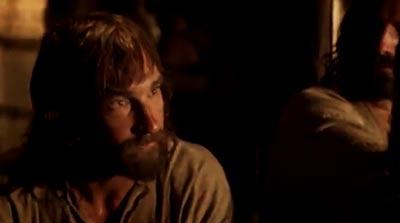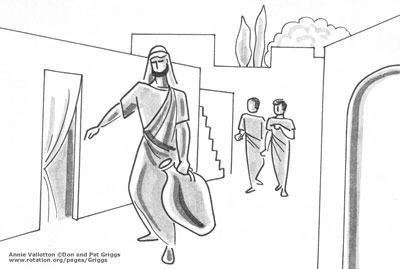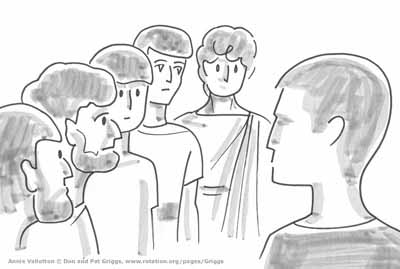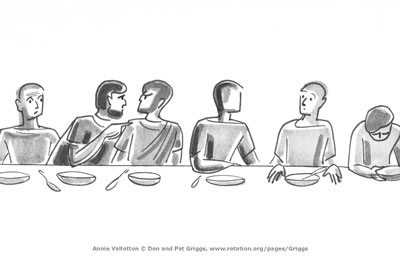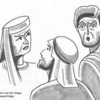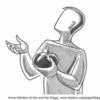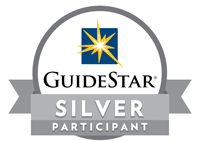Jesus' Last Night with the Disciples
Video Lesson
Summary of Lesson Activities:
Uses the videos: "The Visual Bible: Matthew," GNN International Corporation and Visual Bible and "The Gospel of John," Visual Bible International. These are also available on YouTube and can be streamed.
Scripture Reference:
Luke 22:7-26
John 13:1-17
Memory Verses:
"Remember" Luke 22;19
"I have set you an example that you should do as I have done for you." John 13:15
Materials:
- Picture of six blind men and an elephant is included in the lesson below. There are several other versions available on the internet. The one we used and based the lesson on was found in a book by that title (now out of print, check for others)
- Video: "The Visual Bible: Matthew," GNN International Corporation and Visual Bible
- Video: "The Gospel of John," Visual Bible International
- Post it notes and markers
Lesson
Opening:
Greet the children and introduce yourself, explaining what they'll be doing today and what you hope they'll learn.
Let's begin by you telling me EVERYTHING YOU KNOW about the Last Supper. (list answers on board)
The Story of the Six Blind Men and the Elephant
Ask: Do you think that if you were present at the Last Supper with Jesus and the Disciples, you would have remembered and understood everything that was going on, what Jesus was saying, and what it all meant? Let's vote on that question.... How many say "I'd remember and understand a lot, some, a little."
If we're going to be honest, the answer is "probably not much," actually! Even Peter doesn't seem to understand what Jesus is really talking about. They only began to understand AFTER Jesus was resurrected, and AFTER they had celebrated the Lord's Supper many times. But even today, not all Christians completely agree on what the full message of the Lord's Supper really is. We all see it a little bit differently.
It reminds me of another famous story... (show the cartoon or book)

Let’s say you were all blind. If I asked you to describe what something looks like, how would you first find out for yourself? I would need to touch it.
Say: Let me tell you a story. It takes place a long time ago in a Africa.
Six blind men were discussing exactly what they believed an elephant to be, since each had heard how strange the creature was, yet no one had ever seen one before. So the blind men agreed to find an elephant and discover what the animal was really like.
It didn't take the blind men long to find an elephant at a nearby market. The first blind man approached the beast and felt the animal's firm flat side. "It seems to me that the elephant is just like a wall," he said to his friends.
The second blind man reached out and touched one of the elephant's tusks. "No, this is round and smooth and sharp - the elephant is like a spear."
Intrigued, the third blind man stepped up to the elephant and touched its trunk. "Well, I can't agree with either of you; I feel a squirming writhing thing - surely the elephant is just like a snake."
The fourth blind man was of course by now quite puzzled. So he reached out, and felt the elephant's leg. "You are all talking complete nonsense," he said, "because clearly the elephant is just like a tree."
Utterly confused, the fifth blind man stepped forward and grabbed one of the elephant's ears. "You must all be mad - an elephant is exactly like a fan."
Finally, the sixth man approached, and, holding the beast's tail, disagreed again. "It's nothing like any of your descriptions - the elephant is just like a rope."
And all six blind men continued to argue, based on their own particular experiences, as to what they thought an elephant was like. It was an argument that they were never able to resolve. Each of them was concerned only with their own idea. None of them had the full picture, and none could see any of the other's point of view. Each man saw the elephant as something quite different, and while in part each blind man was right, none was wholly correct.
On Jesus' Last Night, he and his disciples did not all see the same thing, and each of them saw something different. Some believe Jesus would soon be the king. Others were prepared for battle. Many were confused when Jesus said he must die. And one was prepared to turn him into the authorities. If Jesus were standing here right now, would we all experience and believe the same things about him? Maybe. And maybe this is one of the reasons we keep repeating the story of the Last Supper each Lord's Supper/Communion.... to REMEMBER THE STORY RIGHT and remember Jesus' message about him and about us and what we're supposed to be doing in his name.
Show the Video: The Visual Bible: Matthew
Say: First we are going to watch the perspective of Matthew. It is very similar to Mark and Luke’s. Let’s see what Matthew recorded.
Cue the video to Matthew 26:17, "The Lord's Supper." Show the video until it states that Jesus and the disciples sang a hymn and left.
Ask: What happened in the video? Did the disciples seem to know what was going on or what Jesus was teaching?
Video: The Gospel of John
Let’s see what John records of that evening.
Cue the video by selecting “Chapter and Verse” from the menu. Scroll through and select John 13:1-20.
Note: When Jesus removes his outer cloak, expect some giggles. You may want to prepare the children to avoid the disruption.
Show through Judas departure.
Pause the video.
Ask: What was similar in the videos? They were eating. Jesus predicting his betrayal.
What was different? John showed Jesus washing feet and didn’t show what we now celebrate as the Lord’s Supper.
What is "the message" you learned from seeing this story?
Closing:
Have students make up a bunch of "Don't Forget" post-it notes. Tape or clip one or two to their own clothing and wear it when they leave the classroom so that others will ask, "Don't Forget What???" (Don't forget the message!)
Close with a prayer asking for Jesus' help to remember his message of love and forgiveness and service to others.
A lesson written by Ann Wright from: Saint Andrew's Presbyterian Church, Raleigh, NC and revised by the Rotation.org Content Team

 The Rotation.org Writing Team recommends the New Superbook's video about the Last Supper. See the Team's complete lesson plan for that video, including what to show, what to skip, and where to pause and discuss! (Supporting membership required to access)
The Rotation.org Writing Team recommends the New Superbook's video about the Last Supper. See the Team's complete lesson plan for that video, including what to show, what to skip, and where to pause and discuss! (Supporting membership required to access)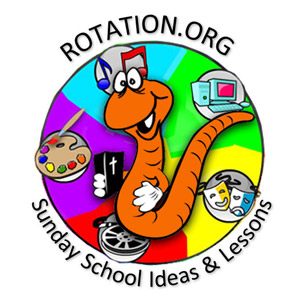
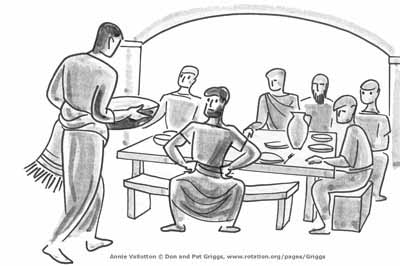 This forum is part of Rotation.org's
This forum is part of Rotation.org's 



 The children will view the "Jesus" video segment on the Last Supper, discuss the old and new covenant, then sign their own covenant (relating to the Sunday School).
The children will view the "Jesus" video segment on the Last Supper, discuss the old and new covenant, then sign their own covenant (relating to the Sunday School). Signing-Closing
Signing-Closing

 Watch the video “The Easter Story” from "The Greatest Adventures" series, Hanna Barbera (preview below).
Watch the video “The Easter Story” from "The Greatest Adventures" series, Hanna Barbera (preview below).

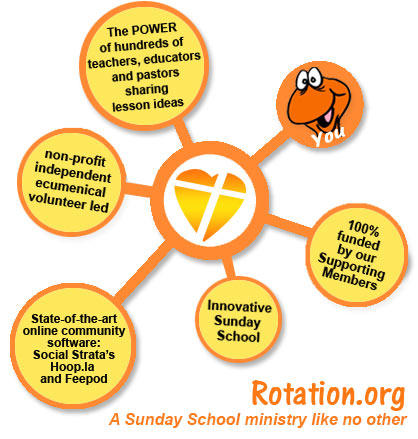



 An explanation of the practice and its meaning.
An explanation of the practice and its meaning.


